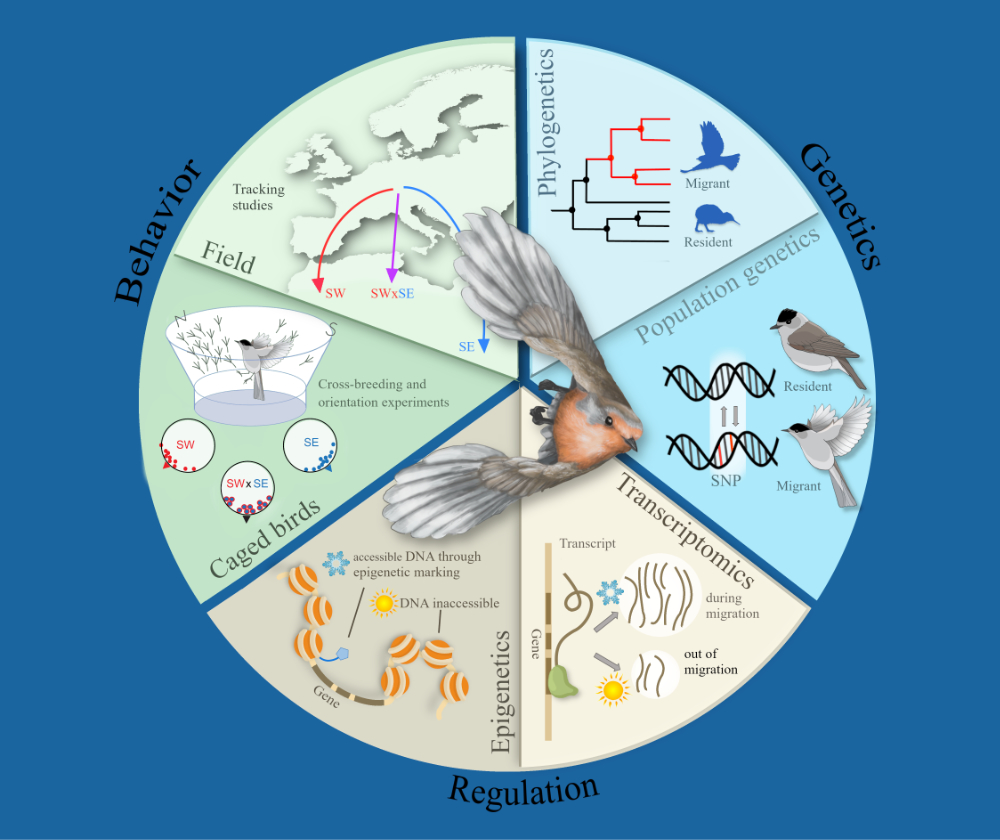Speaker
Description
Marius Roesti, Nicole Nesvadba, Thor Veen, Keila Stark, Jeffrey Groh, Daniel Bolnick, Yoel Stuart, Catherine L. Peichel
Adaptive population divergence is commonly ascribed to selection favoring different individuals in different habitats. In this case, random migration between habitats, and hence gene flow between populations, should counteract adaptive divergence. Yet, population divergence could also occur from different individuals selecting different habitats. In case of such individual habitat selection, gene flow between habitats may be non-random and could help maintain or even promote population divergence. In this project, we evaluate this overall idea by testing for the causes and consequences of habitat selection using a pair of directly adjacent but phenotypically distinct populations of lake and stream threespine stickleback. Using a mark-transplant-recapture experiment with wild-caught stickleback, we first show that habitat selection is phenotype-dependent. To test for a genetic basis of this habitat selection and to find traits and genomic regions associated with this habitat selection, we then gave laboratory-raised purebred stickleback (from lake-lake and stream-stream crosses) and lake-stream F2 hybrids the choice between the same natural lake and stream habitats. Purebred stickleback showed increased preference for the native habitat of their parents, indicating a genetic basis to habitat selection. In this talk, I will also present first results from phenotypic and genetic analyses of the 800 lake-stream F2 hybrids that either selected the lake or stream habitat. Furthermore, I will present results from a subsequent fitness enclosure experiment in which we asked whether the selection of a certain habitat by an individual is associated with increased fitness in that habitat.

